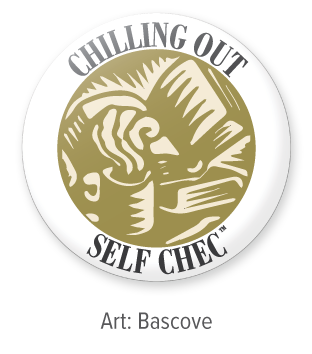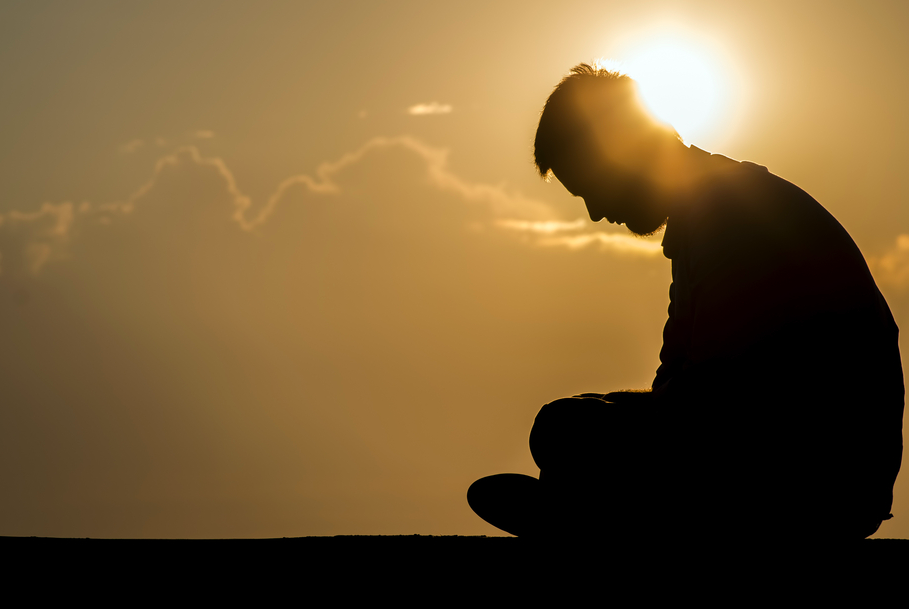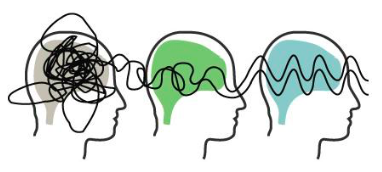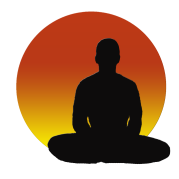The Best Relaxation
Techniques To Choose From
Here Is A Detailed Look At Three
Approaches That Work To Ease Stress
Meditation
There are different approaches with most stemming from ancient traditions. They include transcendental meditation (TM), a specific form of mantra meditation developed by Maharishi Mahesh Yogi, mindfulness meditation and Zen Buddhist meditation. Zen is attempting to understand the meaning of life directly, without being misled by logical thought or language.
In its simplest form, meditation involves focusing your attention often on a word or sound that you repeat to rechannel your thoughts, feelings and sensations. Observing them in a nonjudgmental way can help you achieve a state of enhanced calmness and balance.
To try meditating on your own, follow these four steps:
- Pick a quiet location with as few distractions as possible.
- Get into a comfortable position—you can be sitting, lying down or even standing.
- Choose a word, thought or object to focus your attention on.This step is based on the TM technique. By helping to prevent distracting thoughts from entering your mind it is believed that you can achieve a state of relaxed awareness.
- Let distractions come and go without judging them, but bring your mind back to the subject of your focus when you feel it drifting away.
Yoga
This mind-body practice originated in ancient India. There are various styles of yoga, which typically combines physical postures with breathing techniques and meditation or relaxation, so it offers physical as well as relaxation benefits. Hatha yoga is the one most commonly practiced in the U.S.
Yoga is generally low-impact and safe for healthy people when practiced appropriately under the guidance of a well-trained instructor.
Tai chi
This practice, which originated in China as a martial art, is another mind-body practice. It’s often called “moving meditation” because you move your body slowly, gently and with awareness as you breathe deeply.
Tai chi incorporates the Chinese concepts of yin and yang (opposing forces within the body) and qi (a vital energy or life force). Practicing tai chi is said to support a healthy balance of yin and yang, thereby aiding the flow of qi.
There are different styles of tai chi, but they’re all based on relaxed, graceful movements.
As a low-impact, weight-bearing, aerobic exercise, it also offers physical conditioning, muscle strength, coordination, flexibility and balance.
Other relaxation techniques worth investigating, according to the National Center for Complementary and Alternative Medicine (NCCAM):
- Autogenic training. You focus on the physical sensation of your own breathing or heart beat and picture your body as warm, heavy, and/or relaxed.
- Guided imagery. You focus on pleasant images to replace negative or stressful feelings.
- Progressive relaxation. You focus on tightening and relaxing each muscle group, from your toes to your neck, possibly incorporating guided imagery and breathing exercises.
- Self-hypnosis. You focus on a phrase or nonverbal cue called a suggestion.
- Biofeedback. Once available only through a health facility, this technique relies on using an electronic device, now made in home versions, to teach you how to consciously produce the relaxation response.
Learn More About How Relaxation Techniques Impact Your Health












